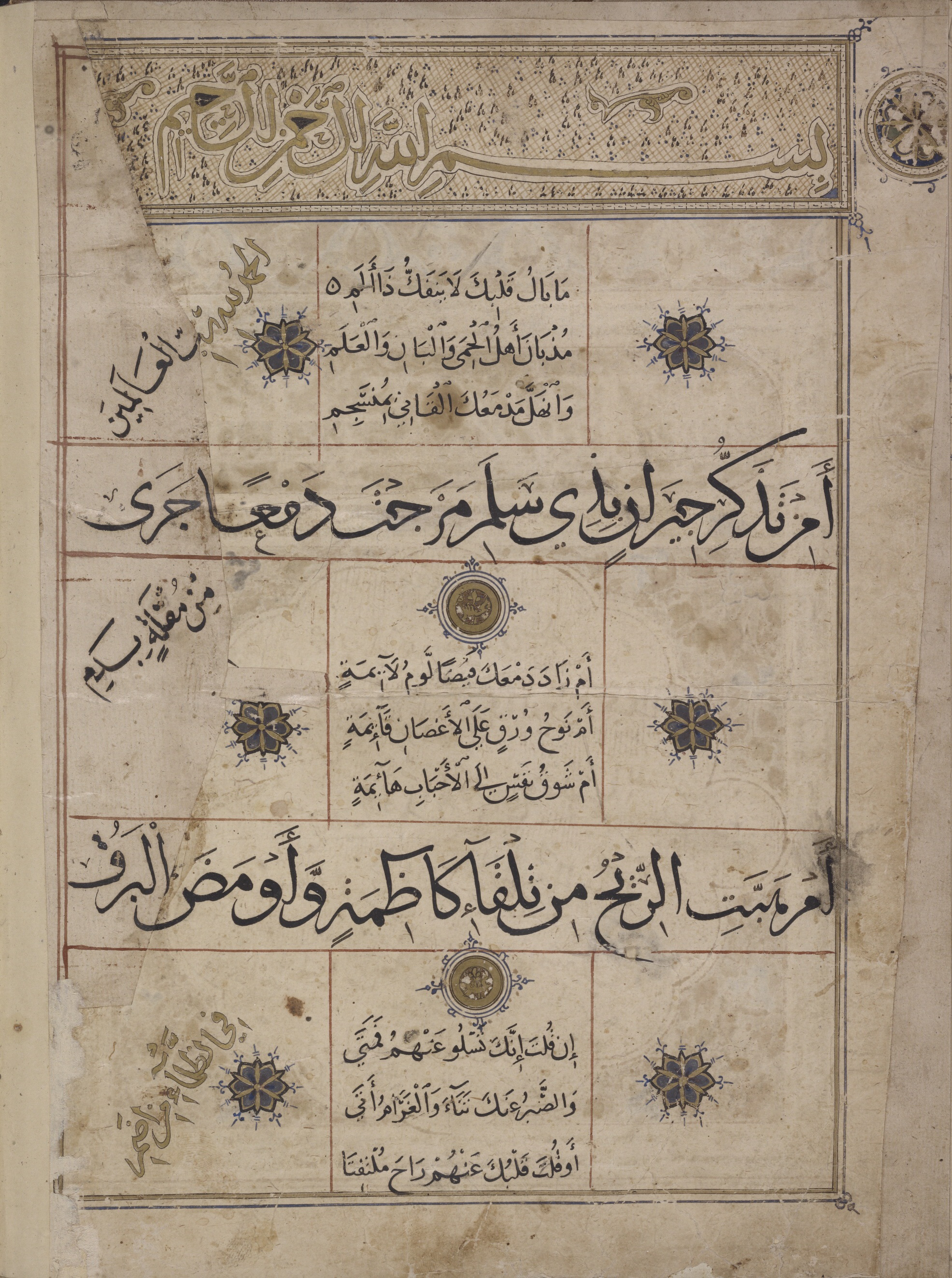|
Falak Music
Falak (literally "heaven," "fate," "universe") is a style of music native to the Pamir Mountains of Central Asia, particularly the Badakhshan region of northeastern Afghanistan, southeastern Tajikistan, and northern Pakistan. Falak lyrics can involve religious-mystical themes of divine love, separation and reunion (often drawn from Persian Sufi poetry), or secular and melancholy lyrics of human love and suffering. Music theory Falak music is generally in a descending scale, with a limited range often limited to a hexachord (six notes). Instrumentation Falak may be sung a cappella, accompanied by instruments, or instrumental. Falak instruments include the ghijak (spike fiddle), nay (Persian flute), and dombura The ''dombra'', also known as ''dombyra'' ( kz, домбыра, uz, dombira, ba, думбыра) is a long-necked Kazakh, Uzbek and Bashkir lute and a musical string instrument. The dombyra shares certain characteristics with the komuz ... (long-necked lute), as ... [...More Info...] [...Related Items...] OR: [Wikipedia] [Google] [Baidu] |
Pamir Mountains
The Pamir Mountains are a mountain range between Central Asia and Pakistan. It is located at a junction with other notable mountains, namely the Tian Shan, Karakoram, Kunlun, Hindu Kush and the Himalaya mountain ranges. They are among the world's highest mountains. Much of the Pamir Mountains lie in the Gorno-Badakhshan Province of Tajikistan. To the south, they border the Hindu Kush mountains along Afghanistan's Wakhan Corridor in Badakhshan Province, Chitral District, Chitral and Gilgit-Baltistan regions of Pakistan. To the north, they join the Tian Shan mountains along the Alay Valley of Kyrgyzstan. To the east, they extend to the range that includes China's Kongur Tagh, in the "Eastern Pamirs", separated by the Yarkand River, Yarkand valley from the Kunlun Mountains. Name and etymology Since Victorian times, they have been known as the "Roof of the World", presumably a translation from Persian language, Persian. Names In other languages they are called: ps, , ; k ... [...More Info...] [...Related Items...] OR: [Wikipedia] [Google] [Baidu] |
Badakhshan
Badakhshan is a historical region comprising parts of modern-day north-eastern Afghanistan, eastern Tajikistan, and Taxkorgan Tajik Autonomous County in China. Badakhshan Province is one of the 34 provinces of Afghanistan. Much of historic Badakhshan lies within Tajikistan's Gorno-Badakhshan Autonomous Region, in the southeastern part of the country. The music of Badakhshan is an important part of the region's cultural heritage. Name The name "Badakhshan" ( fa, بدخشان, ''Badaxšân''; ps, بدخشان; tg, Бадахшон, ''Badaxşon''; ) is derived from the Sasanian official title ''bēdaxš'' or ''badaxš'', which may be from an earlier *pati-axša; the suffix -''ān'' indicates that the country belonged, or had been assigned as a fief, to a person holding the rank of a '' badaxš''. People Badakhshan has a diverse ethnolinguistic and religious community. Tajiks and Pamiris are the majority while a tiny minority of Kyrgyzs and Uzbeks also are found in their ... [...More Info...] [...Related Items...] OR: [Wikipedia] [Google] [Baidu] |
Sufi Poetry
Sufi literature consists of works in various languages that express and advocate the ideas of Sufism. Sufism had an important influence on medieval literature, especially poetry, that was written in Arabic, Persian, Turkic and Urdu. Sufi doctrines and organizations provided more freedom to literature than did the court poetry of the period. The Sufis borrowed elements of folklore in their literature. The works of Nizami, Nava'i, Hafez, Sam'ani and Jami were more or less related to Sufism. The verse of such Sufi poets as Sanai (died c. 1140), Attar (born c. 1119), and Rumi (died 1273) protested against oppression with an emphasis on divine justice and criticized evil rulers, religious fanaticism and the greed and hypocrisy of the orthodox Muslim clergy. The poetic forms used by these writers were similar to the folk song, parable and fairy tale. Background Sufi literature written in Persian flourished from the 12th to 15th centuries. Later major poets linked with the Sufi tra ... [...More Info...] [...Related Items...] OR: [Wikipedia] [Google] [Baidu] |
Hexachord
In music, a hexachord (also hexachordon) is a six-note series, as exhibited in a scale (hexatonic or hexad) or tone row. The term was adopted in this sense during the Middle Ages and adapted in the 20th century in Milton Babbitt's serial theory. The word is taken from the gr, ἑξάχορδος, compounded from ἕξ (''hex'', six) and χορδή (''chordē'', string f the lyre whence "note"), and was also the term used in music theory up to the 18th century for the interval of a sixth ("hexachord major" being the major sixth and "hexachord minor" the minor sixth). Middle Ages The hexachord as a mnemonic device was first described by Guido of Arezzo, in his ''Epistola de ignoto cantu''. In each hexachord, all adjacent pitches are a whole tone apart, except for the middle two, which are separated by a semitone. These six pitches are named ''ut'', ''re'', ''mi'', ''fa'', ''sol'', and ''la'', with the semitone between ''mi'' and ''fa''. These six names are derived from the fir ... [...More Info...] [...Related Items...] OR: [Wikipedia] [Google] [Baidu] |

